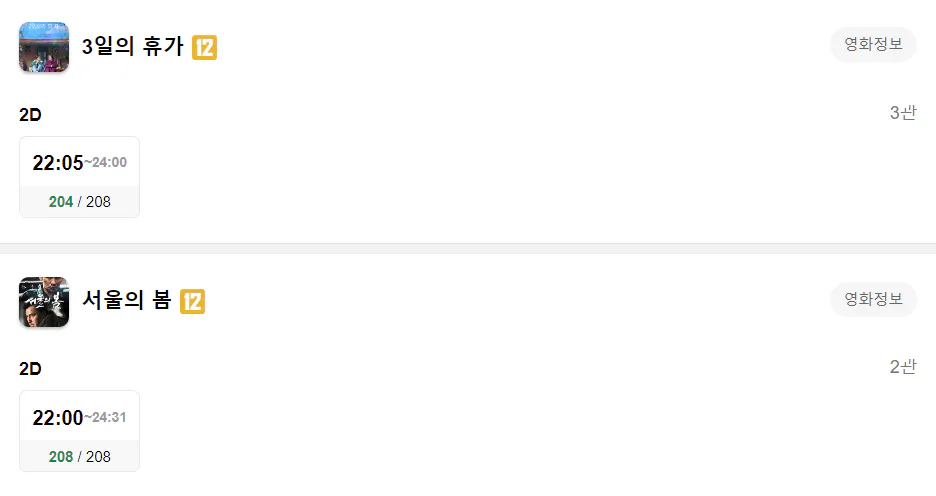Speakeasy
페이지 정보

본문
Speakeasy
A speakeasy refers to a clandestine bar or club that was popular during the Prohibition period in the United States (1920-1933). These establishments operated secretly to bypass the legal guidelines against the sale of alcoholic drinks.
Here are some attention-grabbing details about speakeasies:

- Origins: The term "speakeasy" is believed to have originated from patrons who spoke quietly or "easily" to avoid drawing consideration to these illegal institutions.
- Secretive Nature: Many speakeasies had been hidden behind unmarked doors, in basements, or above reliable companies.
- Dress Code: Guests typically adhered to a strict gown code, dressing elegantly to suit the glamorous ambiance of the time.
- Prohibition & Jazz: Speakeasies had been central to the jazz tradition flourishing throughout Prohibition, offering a venue for stay music and dance.
- Legacy: Today, many modern bars adopt the speakeasy theme, offering a nostalgic atmosphere, craft cocktails, and secret entrances.
In conclusion, speakeasies characterize a captivating chapter in American history, illustrating the lengths folks will go to take pleasure in forbidden pleasures.
A speakeasy is a time period used to describe a bootleg bar or pub that became in style during the Prohibition period in the United States, which lasted from 1920 to 1933. These establishments operated secretly, catering to a clientele looking for to take pleasure in alcoholic beverages despite the ban on sales. Here are some key factors about speakeasies:
- Origin: The time period "speakeasy" is believed to have originated from the concept that patrons wanted to talk quietly or "easily" to avoid drawing attention from legislation enforcement.
- Secretiveness: Speakeasies had been often hidden behind unmarked doorways, in basements, or above ground-level companies, making them a problem to locate.
- Atmosphere: Many speakeasies featured a unique ambiance with jazz music, dim lighting, and classic décor, creating an inviting and clandestine setting.
- Cocktail Culture: The prohibition period led to the innovation of cocktails as bartenders needed to be artistic with limited components and sources.
Today, many modern bars and lounges embrace the speakeasy concept, providing patrons a nostalgic expertise with a hidden twist. These venues typically require passwords or reservations to enter, harkening again to the secretive nature of their historic counterparts.
- Cultural Impact: Speakeasies have become a logo of defiance towards restrictive laws and are celebrated in literature, film, and music.
- Modern Revival: The popularity of speakeasies has surged lately, with new establishments opening in urban areas worldwide, often providing an unique, curated experience.
- Preservation: Some original speakeasies have been preserved or recreated, serving as a reminder of this unique period in American historical past.
Speakeasies originated in the United States in the course of the Prohibition era, which lasted from 1920 to 1933. They were illicit institutions where alcohol was bought and consumed, typically hidden from the authorities.
These secret bars usually required patrons to speak quietly, 하이오피 or "easy," when asking for drinks, which is how they got their name. Speakeasies served as social hubs, enabling people to gather, get pleasure from live music, and escape the restrictions of the time.
Today, the time period has been revived, with fashionable speakeasies typically that includes classic decor and craft cocktails, providing an intimate, nostalgic atmosphere that harks again to the rebellious spirit of the unique speakeasies.
- 이전글Lounge Bar 24.12.30
- 다음글Night Spa 24.12.30
댓글목록
등록된 댓글이 없습니다.
